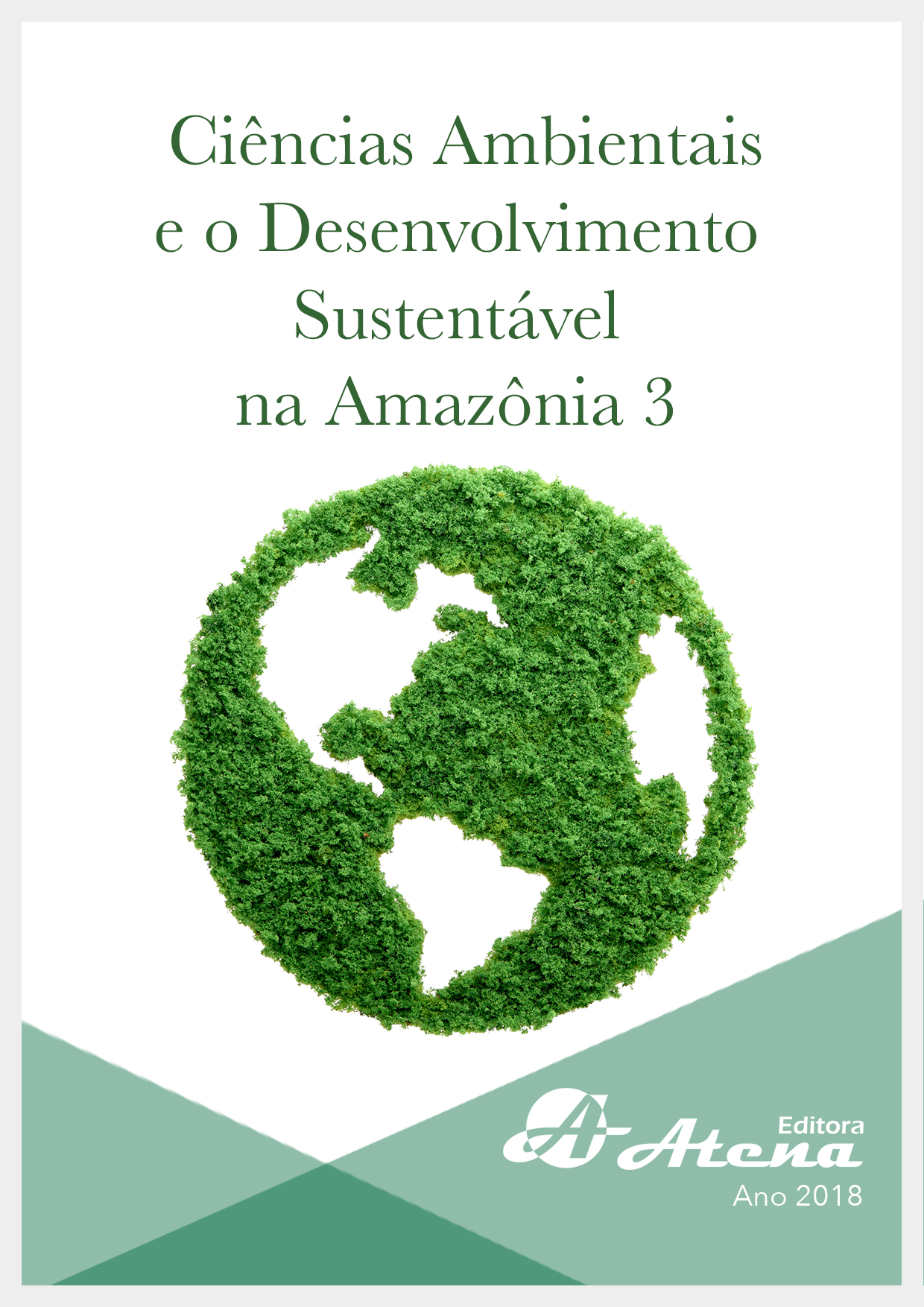
O LÚDICO COMO ESTRATÉGIA DIDÁTICA PARA O ENSINO DE PROPRIEDADES DA MATÉRIA
As atividades lúdicas implementadas
em sala de aula facilitam o entendimento dos
conteúdos, além de contribuir com a motivação
e interação dos alunos. Neste contexto, a
função das atividades lúdicas, através de jogos
didáticos estimula a capacidade de divertir com
o prazer propiciado ao jogador, enquanto o papel
educativo está relacionado à ansiedade por
conhecimento e habilidade. Este trabalho teve
objetivo ensinar propriedades da matéria com o
auxílio do jogo “Trilha: Propriedade da Matéria”.
Sendo executado com 37 alunos do Cursinho
Popular do Campus XIX da Universidade do
Estado do Pará (UEPA), dividido em três etapas:
(i) Aula expositiva com o tema “Propriedades da
matéria”; (ii) Aplicação do jogo, com o propósito
de proporcionar um maior contato desta
temática com os alunos; (iii) aplicação de um
questionário de avaliação. Como resultado podese destacar que houve uma participação efetiva
dos alunos, e observou que os mesmos ficaram
entusiasmados com a atividade proposta.
Quando se fez o seguinte questionamento:
“você gostaria que seu professor utilizasse
jogos didáticos em outros assuntos estudados
em sala de aula?”, todos os participantes
disseram que Sim. E como justificativas, a
maioria dos alunos relataram que: 1- “sim,
pois torna interessante e descontraído, além
de aprimorar os conhecimentos”, 2- “Porque
aprendemos brincando e é bem prazeroso
dessa maneira”. Dessa forma, pode-se concluir
que a utilização de estratégias metodológicas
como o jogo lúdico para o ensino de Ciências
torna a aprendizagem mais eficaz, tornando o
ensino mais atrativo, uma que possibilita aos
estudantes correlacionar o assunto estudado
com fenômenos que ocorrem no seu cotidiano.
Além permitir a realização de trabalho em grupo,
estimular a participação do aluno durante as
aulas e torná-la mais dinâmica.
O LÚDICO COMO ESTRATÉGIA DIDÁTICA PARA O ENSINO DE PROPRIEDADES DA MATÉRIA
-
DOI: Atena
-
Palavras-chave: Ensino e Aprendizagem. Lúdicos. Recurso Didático.
-
Keywords: Teaching and Learning. Play Games. Didactic Resource.
-
Abstract:
The ludic activities are used in the classroom facilitate the learning of
the contents, and contribute to the motivation and interaction of the students. In this
context, the function of ludic activities, through didactic games stimulates the ability to
entertain with the pleasure of play, while the educational role is related to the anxiety
for knowledge and skill. The current work had the objective to teach properties of the
discipline with the aid of the game “Trail: Property of Matter”. This study was carried
out with 37 students from the Cursinho Popular from Campus XIX of the University of
the State of Pará (UEPA), divided in three stages: (i) Lecture on the theme “Properties
of matter”; (ii) Application of the game, with the purpose of providing a closer contact
with the students; (iii) the application of an evaluation questionnaire. As a result it can
be emphasized that there was an effective participation of the students, and observed
that they were enthusiastic about the proposed activity. When asked the following
question: “Would you like your teacher to use didactic games on other subjects studied
in the classroom?”, All participants said Yes. And as justifications, most students
reported that: 1- Yes, because it makes it interesting and relaxed, besides improving
the knowledge “, 2-” Because we learn by playing and it is very pleasant in this way.
“ In this way, we conclude that the use of methodological strategies such as ludic for
teaching science makes learning more effective, making teaching more attractive, one
that allows students to correlate the studied subject with phenomena that occur in their
daily lives. In addition to allowing group work, stimulate student participation during
classes and make it more dynamic.
-
Número de páginas: 15
- Williams Carlos Leal da Costa
- Donizette Monteiro Machado
- JOSÉ DIOGO EVANGELISTA REIS


